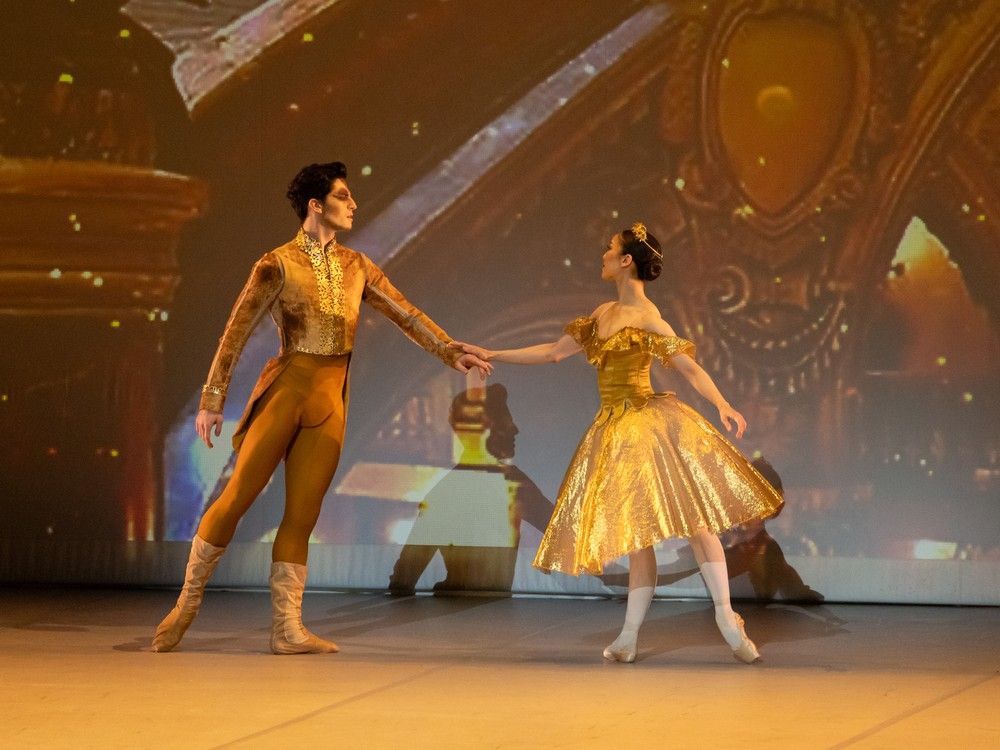New Netflix series captures joys of life in the Arctic

Nunavut filmmakers Alethea Arnaquq-Baril and Stacey Aglok MacDonald are known for tackling difficult issues in their work about life in Inuit Nunangat, such as in The Grizzlies, Twice Colonized and Throat Song.
But they wanted to show there can be warmth in the Arctic too, which is why they set out five years ago to create an Arctic comedy series.
“We want [people] to feel seen, excited, have a good laugh, and to feel pleasure in seeing our communities enjoy themselves and tell joyful stories,” Arnaquq-Baril said.
The release date for the series, co-produced by CBC, Netflix and APTN, will be sometime in 2025.
It is wrapping up filming in Iqaluit this week.
North of North follows a young Inuk woman’s journey to forge her own path in the tiny Arctic community of Ice Cove, which is full of gossip.
“Everything in the show is from our lives, or our friends, or our family,” Arnaquq-Baril said.
Over the five years of planning and production, the show’s creators looked far and wide to find their 200 cast, crew and support staff, 40 of whom are from the territory.
There are also hundreds of background performers who Nunavummiut may recognize.
“We’re going to see our neighbours there, our teachers,” Aglok MacDonald said.
Showing Inuit Nunangat to the world
As they did with their previous work, the filmmakers are working with both Inuit and global audiences in mind.
“When we’re making content and telling stories for a strictly unique [Inuit] audience, there’s less explaining that we have to do because we all live it, and we experience it daily,” Aglok MacDonald said.
She admits it can be a balancing act, but at the same time, they try to be as specific and authentic to the communities as possible.
“I don’t see why people can’t relate to us when we can relate to others all over the world,” Arnaquq-Baril said.
American actor Mary Lynn Rajskub said she knew very little about Nunavut or Inuit before joining the cast to play Helen, a white woman married to an Inuk man.
“I was told by my representation… before you even look at the material, we want you to know where it’s filming and, you know, what the resources and infrastructure are for a shoot,” Rasjkub said.
But she said she’s been adjusting well, adding how humbled she’s felt to be able to experience Inuit culture and a way of life so different to hers.
“I met a young woman who’s a full-on seal hunter, but then another young woman’s like… we don’t hunt in our family. So it’s just however the traditions are carried down. It’s been really interesting,” she said.

The production has caused some disruption to Iqaluit during the past three months of filming due to road closures and hotels and other facilities being booked up. Arnaquq-Baril said she was expecting some resistance, but instead, she has been overwhelmed by the support from Nunavummiut.
“We get messages from people across the community… just excited to be a part of it because a huge part of the community is in our show, on screen, and also working behind the scenes too,” she said.
Executive producer Miranda de Pencier said they’ve prioritized working with local Inuit artisans and designers to source artwork, garments and artifacts to use on-screen, as well as hiring locals to guide them on the land.
Iqaluit-based production company Red Marrow Media, co-founded by Aglok MacDonald and Arnaquq-Baril, had hoped to build a studio for the production, but they had to resort to the city’s curling rink as a backup.
The total contribution of the production to Nunavut’s economy is not yet clear.



